









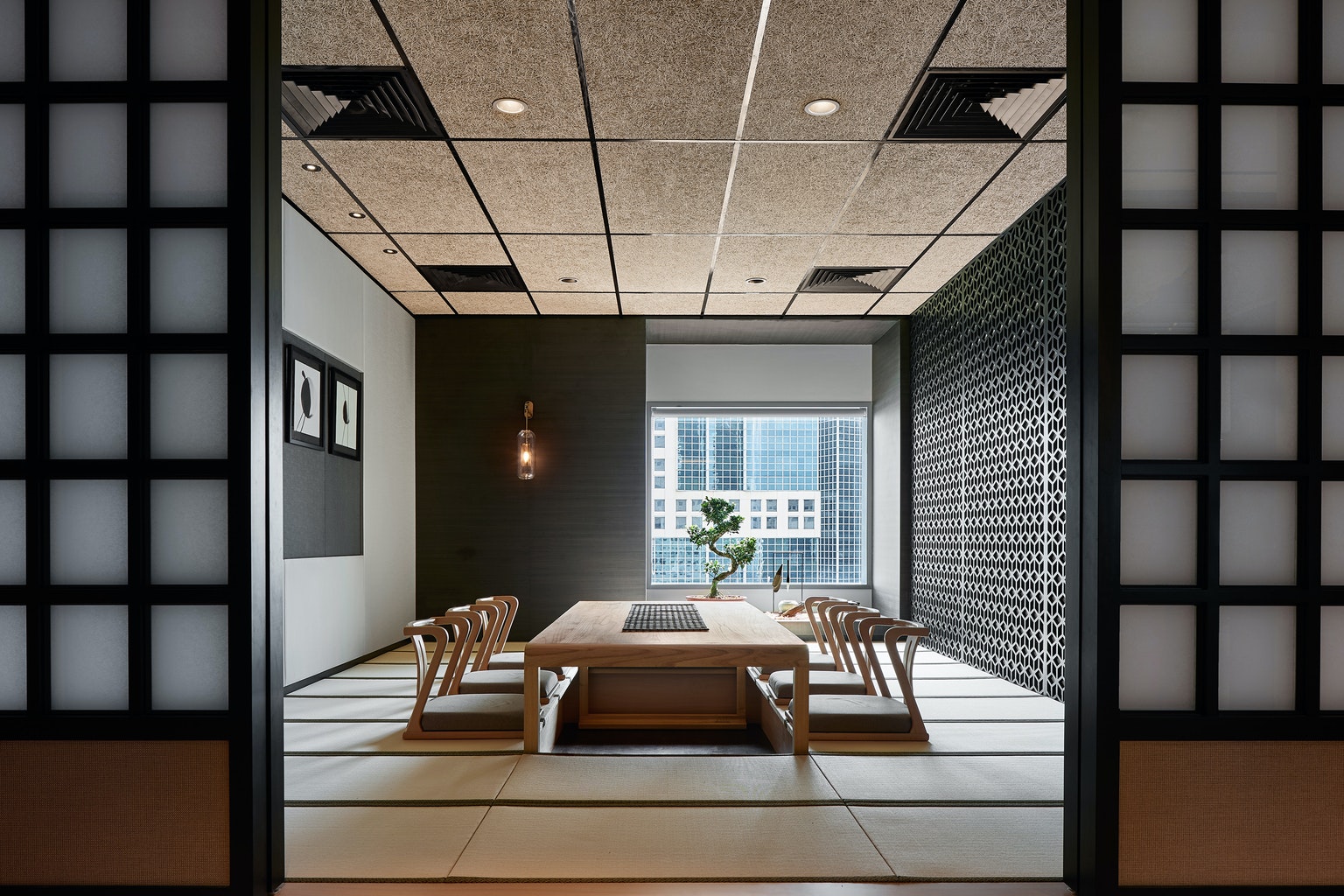
Our workplace specialists look at the latest business and real estate challenges. They also explore new design concepts and answer key questions about the future of work in southeast Asia.
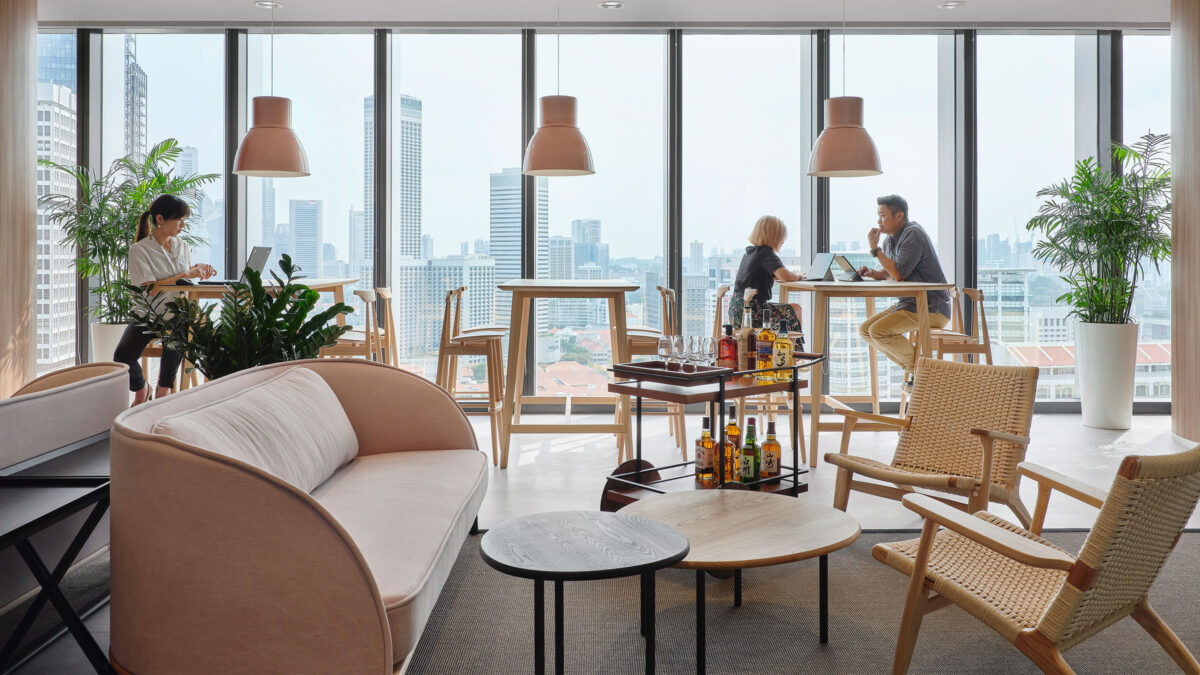
How much space do we really need? What are the benefits of repurposing and refurbishing? How can we support physical and psychological workplace wellbeing?
Businesses across Southeast Asia are returning to the workplace and there is not a one-size-fits-all solution. Firstly, having a flexible, functional platform with a clear workplace strategy is critical. This helps support health & wellness, motivate future progress, and reimagine normality.
Our recent global workplace survey shows that a large proportion of employees prefer hybrid working. They look for a balance between time in the office and time at home. Markedly, we are supporting organisations looking to reconsider their work environment. This could be from space planning and refurbishment to repurposing or relocation. Our experts in Singapore, Malaysia, and the Philippines are reimagining the future workplace. To do so, they’re using evidence based metrics and learnings.
The results show a major shift towards health and wellbeing as an anchor of workplace design. So, decisions are being driven by users and the required behaviours that influence individual, team, and business success.
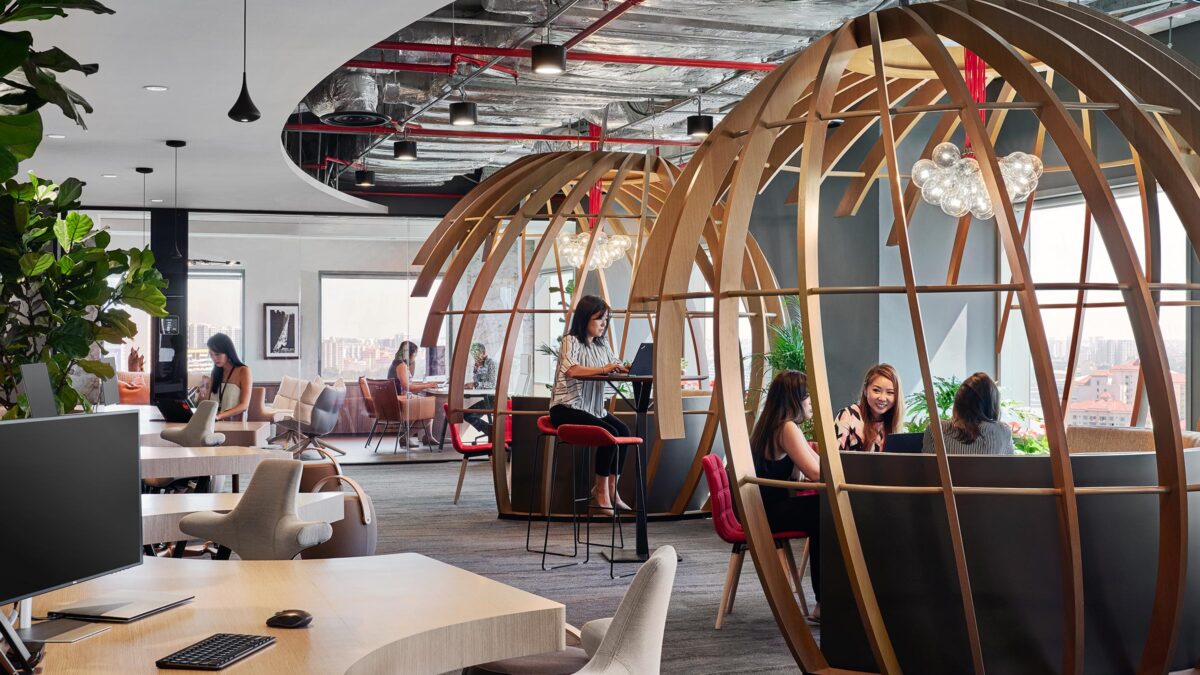
Understanding the purpose of employee activities and their desired outcome will play a crucial role in creating a ‘blended workplace experience’. Equally, with behaviour based design as its guiding principle, the blended workplace will need to strike a careful balance. Balancing individual needs with engaging and meaningful spaces. The home will also feature as a work setting.
There is a strong likelihood that knowledge workers will continue remote working to some extent. Subsequently, the future of work in Southeast Asia will adapt to support different forms of individual work and collaborative needs. Moreover, it won’t need staff to make use of their facilities within one physical space ‘out of necessity’.
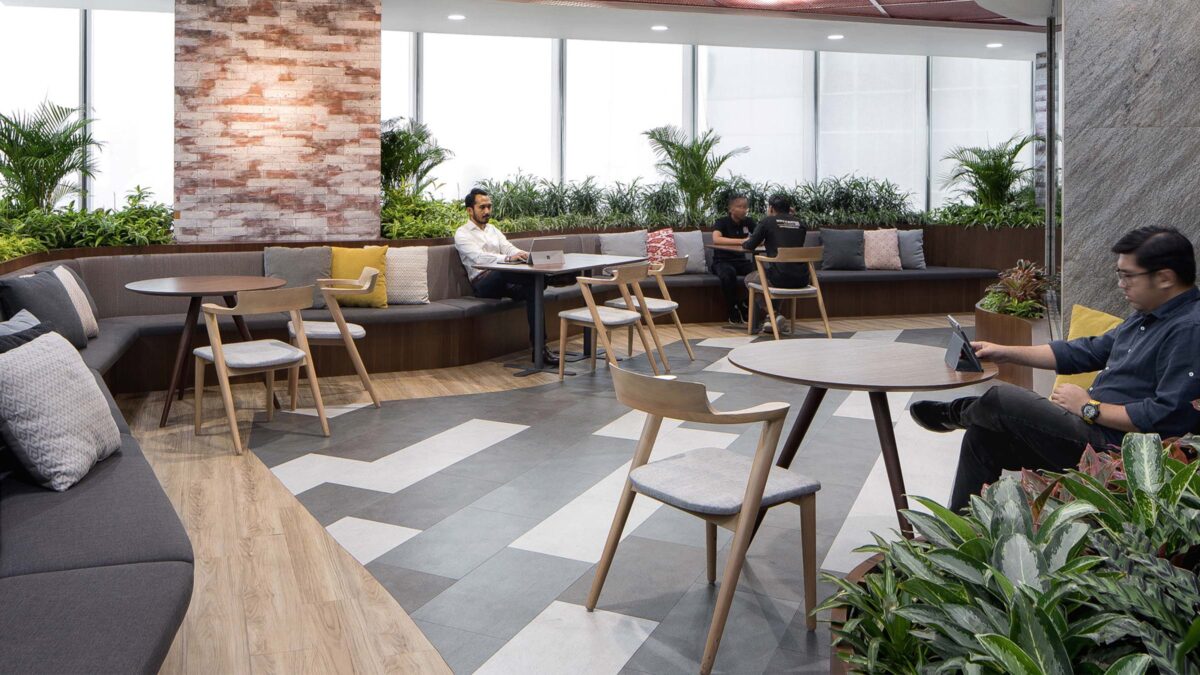
Existing lease arrangements will be evaluated for future demands with a flexible commercial model in mind. Consequently, the office will become a distinct destination and experience. A hub to unite people, demonstrate culture, and bring corporate mission to life.
Combining the physical, digital and social aspects of work enables integration across all platforms, regardless of location. Connecting individual and collective business purpose, the ‘blended workplace’ offers flexibility to support the ways people work best.
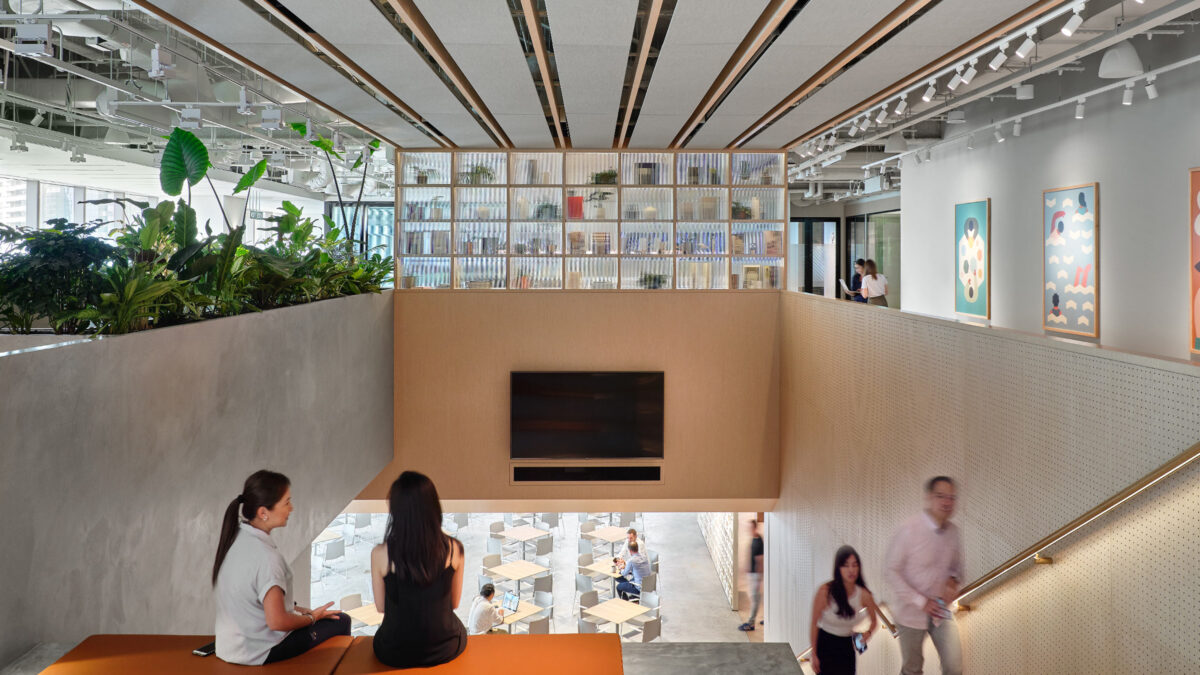
While our physical safety remains of paramount importance during such challenging times, the pandemic has also brought people’s psychological health to the fore. The future office will demand a people-first approach to design spaces that continue to inspire creativity while supporting people’s physical, mental and social wellbeing. This approach will have a tremendous impact in shaping the financial and reputational health of the organisation.
As workplace designers, we must provide a considered and accessible workspace for all to enable the ongoing, inclusive transformation of place, people and culture. Companies that provide a variety of settings based on type of work, team and individual needs will experience long-lasting benefits. Building inclusivity into the fabric of the workplace can support and maintain a universal approach to design.
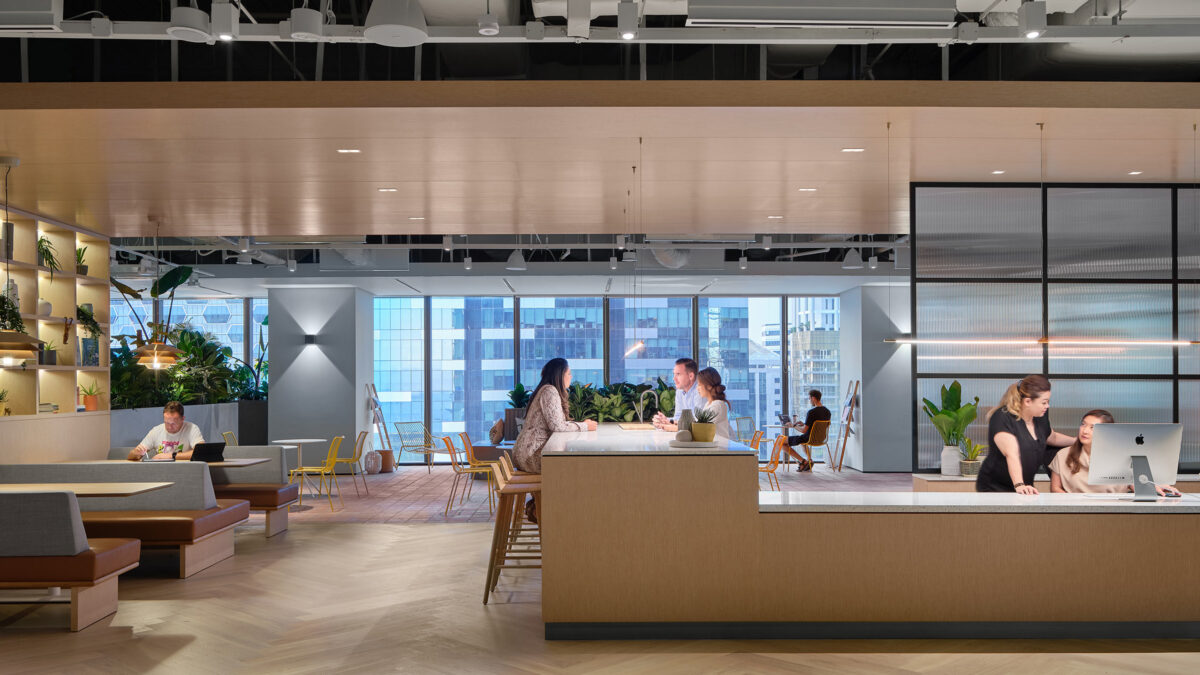
We expect to see increased demand for sustainable buildings and working communities that promote healthy lifestyles. The focus will be on improving indoor air quality and natural material standards. Simultaneously extending to provide greater access to local amenities and natural outdoor spaces.
Balancing business performance and health is critical. At this time of global disruption, organisations must be proactive in reshaping the agenda.
Equally, research shows that a shared vision and sense of purpose can drive greater organisational engagement and effectiveness. It’s time to re-think the workplace to address an ongoing shift in the “new normal”. Certainly, we must embrace every opportunity to innovate the future.
We have global experience delivering progressive workplace environments that address human and business needs. Our Southeast Asia team has a broad range of expertise to develop tailor-made workplace solutions across the region. Combining in-house capabilities in strategy, design, sustainability & wellness, engineering, and brand experience. Indeed, we look forward to supporting your business as we reimagine the workplace.
Regional Director, India-SE Asia
Director, Global Client Services
Director – Southeast Asia